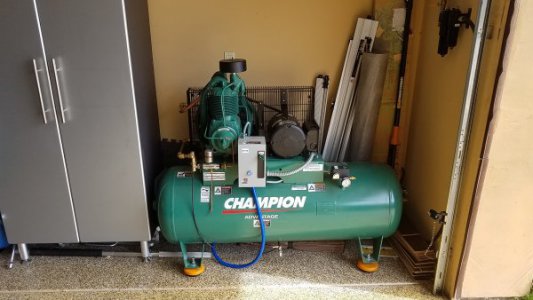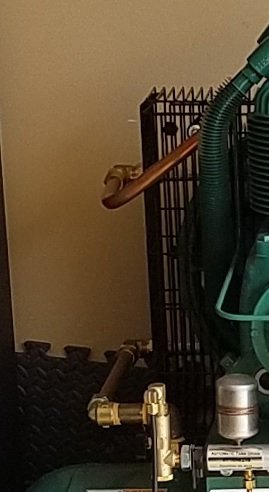I have to politely disagree. My experience is that corrosion pits in pressure vessels can cause a loss of containment both through pinhole leaks and through catastropic cracking.
The pinholes are obvious, but in other cases the pits are close enough together that when the pressure reaches the critical point the remaining material in the bottom of the pit tears - and if there are other pits nearby you get a 'connect-the-dots' effect and we now have a linear discontinuity and the tank unzips explosively.
"Modern" vs. "Old" vessels is a meaningless comparison. One cannot conclude that modern tanks are of lesser quality than older tanks without knowing the steel specification, original thickness, fabrication techniques, quality control, and other factors which add up to suitability for intended service.
The only difference between Modern and Old, from an engineering standpoint, is that older tanks may be slightly thicker for a given pressure/temperature rating. This is because modern steels - from responsible suppliers - are of generally higher quality than older steels. Higher strength materials can be made thinner - and less expensive - and still retain the same component strength.
In addition, Modern tank manufacturing methods can include automated examination methods to reduce the likelihood of defects in the welds and base materials. That 1950's tank was not subject to continuous eddy current examination of the coil stock, nor were the welds ultrasonically tested after fabrication - those technologies simply didn't exist outside of NASA back then.
The steel manufacturing industry has changed quite a bit in 50 years, as has the commodity vessel business. I would argue that a discount Sears Craftsman air tank from 1970 is of lower quality than a modern tank supplied by Quincy. Even then I'd be guessing unless I had the pressure vessel construction documents in front of me.
The above does not apply, of course, to ultra low cost vessels made from HuFlungPu Good Luck Joy Tank, Ltd. Or to situations where there is some contaminate in the tank which causes environmental cracking. A leaking compressor can dump oil in to the tank. If that oil has a high level of sodium hydroxide or other caustic (used as a detergent in the oil) and the detergent concentrates near a weld - the weld can crack. No pits, no rust - just bang.
Agreed, but I would expand this to say that you should not try to weld on a modern or old vessel without knowing what you're doing - and that doesn't include 20yrs of experience welding stuff around the house.
There is no jurisdiction in the US (or UK) which permits anyone to weld on a pressure vessel without following quite a lot of rules. In most of the US, you have to obtain an R-stamp license from the National Board of Boiler & Pressure Vessel Inspectors. The welder has to be qualified in accordance with ASME Section IX, as does the welding procedure. The welding consumables & replacement materials have to be supported by signed documents attesting to the chemical and physical properties, and the examination techniques must follow ASME Section V.
The exceptions are the oil-country states (TX, LA, etc.), but they have similar restrictions and use American Pertroleum Institute standards and not the National Board.
In the UK the HSE controls the repair of vessels much the same way, but with even more restrictions on welder & inspector certifications.
Remember kids... we in the failure analysis business quantify stored pneumatic energy by calcualting the equivalent release of energy in units of dynamite. i.e. "This vessel at such and such pressue equals xxx kilograms of dynamite."
The regulations about licensing compressors may be irritating, especially because they're written by politicians who are generally clueless about the subject they're regulating. But the engineering principles behind the actual technical regulations is sound, and those priciples are based on real people getting really dead when stuff blows up.
-Ralph




